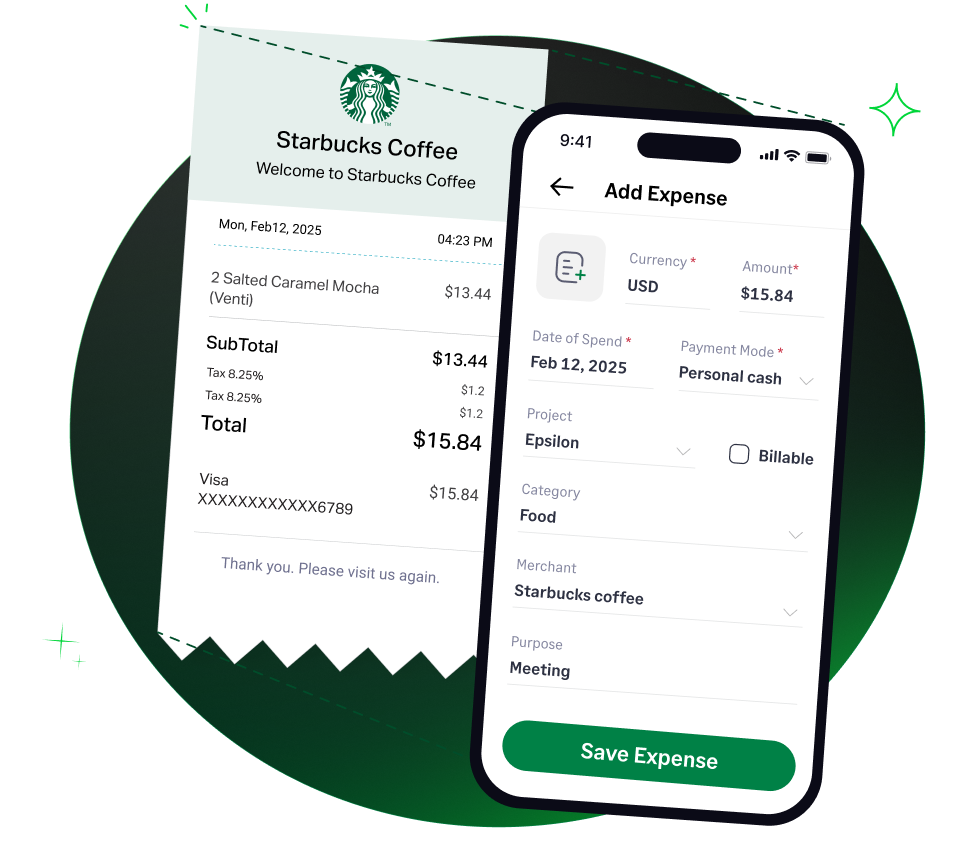✨ Exciting news: Fyle is now part of the Sage family! Learn more in our press announcement >
 4.6/51670+ reviews
4.6/51670+ reviewsFor restaurants, cafes, and other service-based businesses, managing employee tips is a complex but essential daily task. Tip pooling and tip-out arrangements are common practices for distributing tips among service staff, but they create significant accounting and payroll obligations for the employer.
While the tips themselves belong to the employees, the process of handling them especially with credit card transactions, creates deductible expenses and tax credit opportunities for the business. This guide will clarify how to correctly account for tip distributions and the associated costs to ensure your business remains compliant and maximizes its tax benefits.
Tip pools and tip-outs are not a direct expense category for a business. Tips are considered the property of the employees, not the employer. When a business collects tips on behalf of its staff (especially via credit card), it is holding that money as a liability that is owed to the employees.
The actual deductible expenses for the business that arise from this process are:
To correctly account for these costs, it is crucial to understand the difference between tips and service charges and how to handle the associated fees.
This is a critical distinction for tax purposes.
When a customer leaves a tip on a credit card, the business pays a processing fee on the total amount (meal + tip). The business can deduct the portion of the fee that applies to the tip. For example, if the processing fee is 3% and a customer leaves a $20 tip, the business incurs a $0.60 fee to process that tip. This $0.60 is a deductible business expense. Many employers also pass this cost on to the employee by deducting it from their tip payout.
The primary tax implications for the employer are the requirement to pay FICA taxes on tips and the opportunity to claim a valuable tax credit.
All tips reported to you by your employees are considered wages and are subject to the employer's share of social security and Medicare taxes. You must pay these taxes on the reported tip income.
This is a significant tax benefit for restaurants and bars. As explained in IRS Publication 334, employers may be able to claim a general business credit for the employer's share of FICA taxes paid on employee tips. This credit applies to tips that are over and above the amount needed to bring the employee's wage up to the federal minimum wage. This is a dollar-for-dollar credit against your tax liability, which is more valuable than a deduction.
All tips an employee receives—whether directly in cash, from a credit card, or distributed from a tip pool—are taxable income to the employee and must be reported.
For a sole proprietor filing a Schedule C (Form 1040):
Sage Expense Management helps you capture and organize the financial data needed to correctly account for your tip-related expenses and prepare for tax time.




